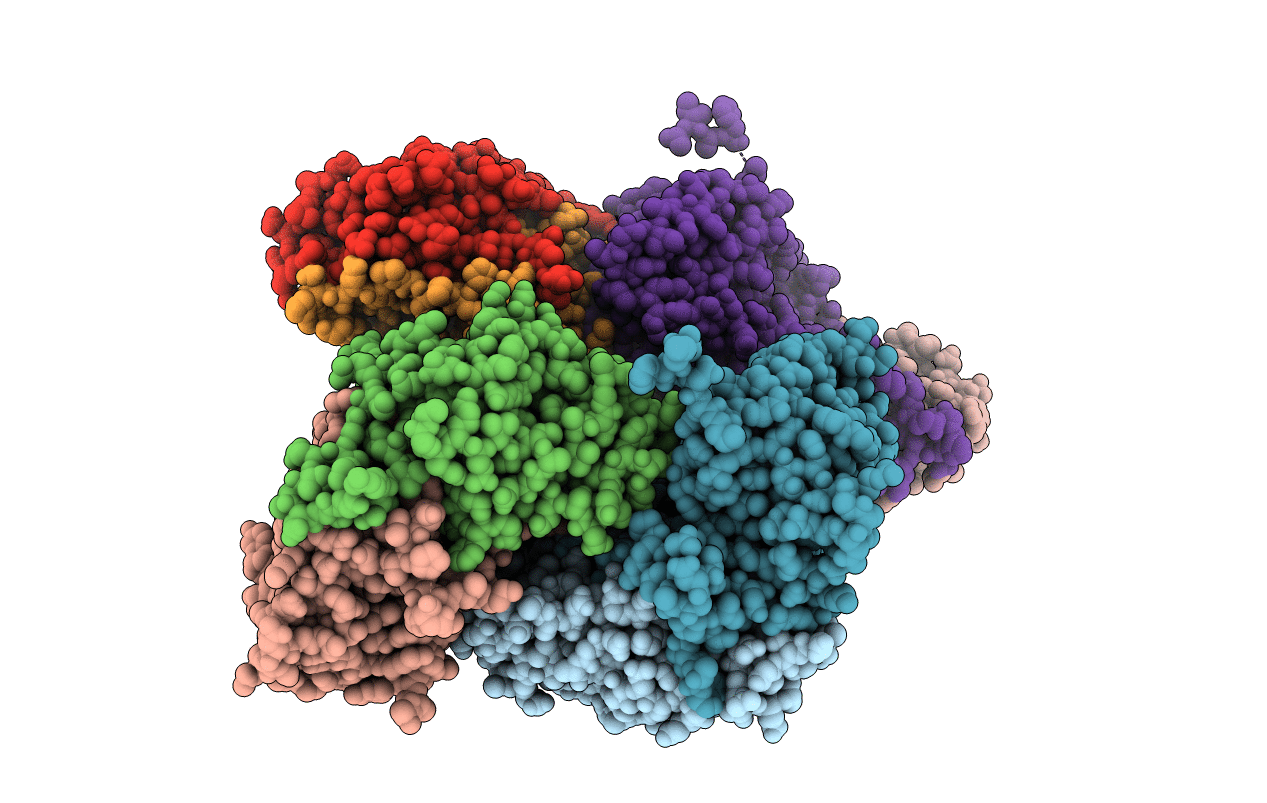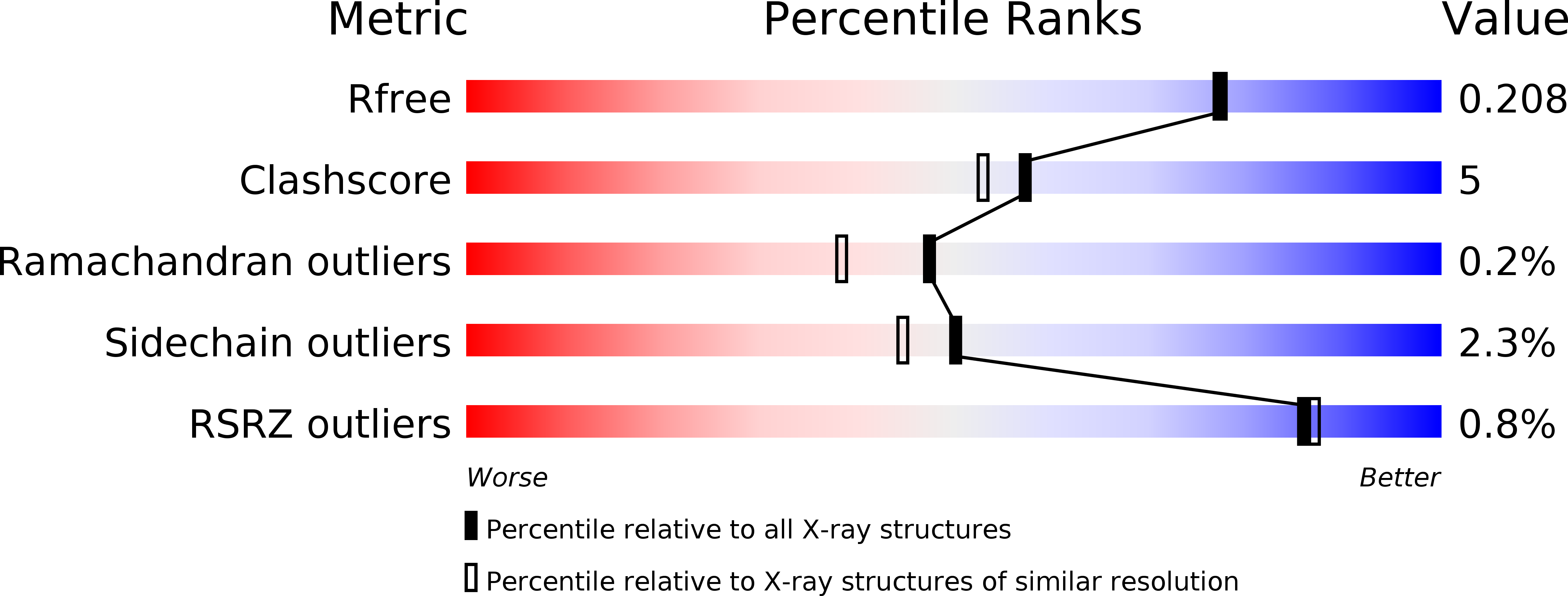
Deposition Date
2016-10-12
Release Date
2017-09-27
Last Version Date
2024-01-17
Entry Detail
PDB ID:
5M26
Keywords:
Title:
Crystal structure of hydroquinone 1,2-dioxygenase from Sphingomonas sp. TTNP3 in complex with methylhydroquinone
Biological Source:
Source Organism:
Sphingomonas sp. TTNP3 (Taxon ID: 436446)
Method Details:
Experimental Method:
Resolution:
1.90 Å
R-Value Free:
0.20
R-Value Work:
0.16
R-Value Observed:
0.16
Space Group:
P 1 21 1


